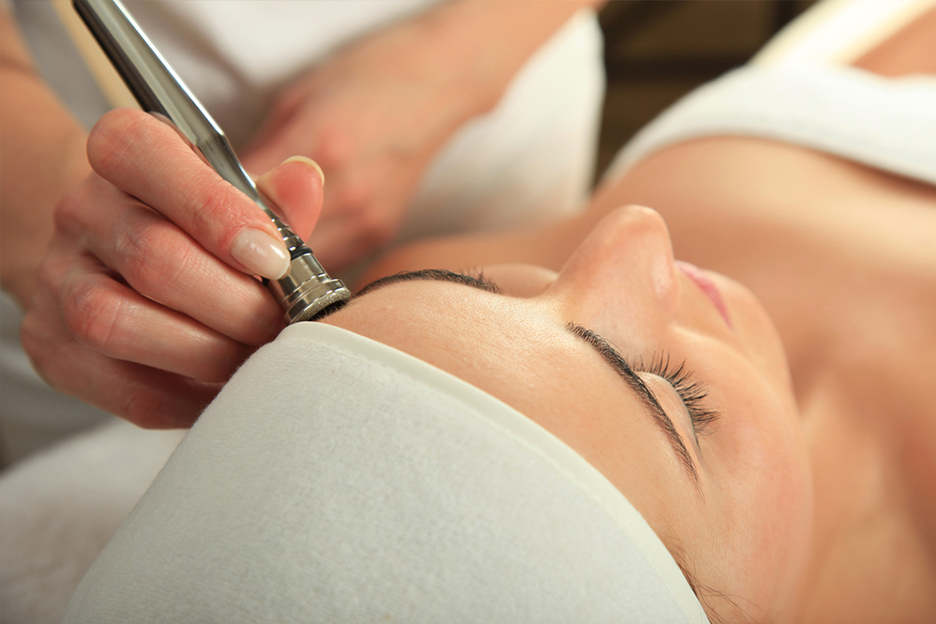Red, swollen nose, thick and bumpy skin… that is often the image that comes to mind when we hear the word “rosacea”. Here is some information to help demystify this rather common skin disease.

Recognizing rosacea
Rosacea can be perceived as a mostly cosmetic health issue. However, this condition can affect self-esteem and confidence, so it is important not to trivialize it, to learn how to recognize triggers and to control them.
Speak with our cosmeticians!
Rosacea is a chronic skin condition that touches over three million Canadians. Rosacea manifests itself through redness in the middle of the face, the cheeks, nose, chin and forehead. This redness can then spread to the ears, chest, back and eyes. With time, it becomes permanent. Telangiectasia (spider veins) can also appear on the nose and cheeks, as well as papules (small, red pimples).
There are three phases of the disease, depending on its severity:
- Mild: Tendency to blush easily and suddenly, with permanent redness in the middle of the face.
- Moderate: Appearance of papules in addition to face redness.
- Severe: Thickening of the skin on the nose and cheeks, associated with significant redness and presence of nodules, which are small, hard and well-defined bumps.
Typically, people who are at risk of rosacea are those who:
- are aged between 30 and 50;
- have fair complexion;
- have a family history (heredity);
- are female.
Identifying triggers
The exact cause of rosacea is still unknown. It is believed that a disorder of the face’s blood vessels may cause redness and a burning sensation, but we do know that some factors can aggravate its symptoms:
- heat, including hot baths and saunas;
- intense exercise;
- weather conditions: cold, heat, wind, sun;
- certain foods: alcohol, hot beverages, spicy dishes, caffeine;
- stress and intense emotion;
- oily, perfumed or alcohol-based cosmetics.
Because triggers can vary from one person to another, keeping a journal of your symptoms can be useful in order to determine your own triggers.
Treating rosacea
There is no definitive solution to rosacea. However, it can be effectively managed by adopting certain habits, such as:
- Using sunscreen in both summer and winter
- Learning to relax
- Quitting smoking
- Avoiding the use of corticosteroid-based creams, unless recommended by a doctor
- Avoiding factors that might trigger the condition, identified in your journal
In addition, you must pay careful attention to facial skin care. Here are a few tips:
- Gently cleanse the skin with lukewarm water
- Moisturize well
- Use cleansing and moisturizing products that are adapted to the needs of sensitive skin
- Avoid over-the-counter acne products
- Avoid oily cosmetics
If it is not medically treated, rosacea can worsen with time. Thankfully, there are different prescription medications that can allow you to manage its symptoms. They come in the form of gel, cream, ointment and lotion, and in some cases, oral medication. In addition, there are various types of skin procedures, such as laser treatment, that can treat blood vessels that are visible on the skin’s surface. Although a family doctor can treat rosacea, consulting a dermatologist is advisable in some cases.
The symptoms of rosacea worsen or improve periodically, so it is important to follow your doctor’s advice to get treatment and care that is adapted to your skin type. Don’t hesitate to talk to your pharmacist about possible alternatives and, especially, be patient; it may take a few weeks before you notice any improvement. There are various means available to improve the appearance of your skin, but because time is a significant factor in the evolution of rosacea, don’t wait to learn more about them!
